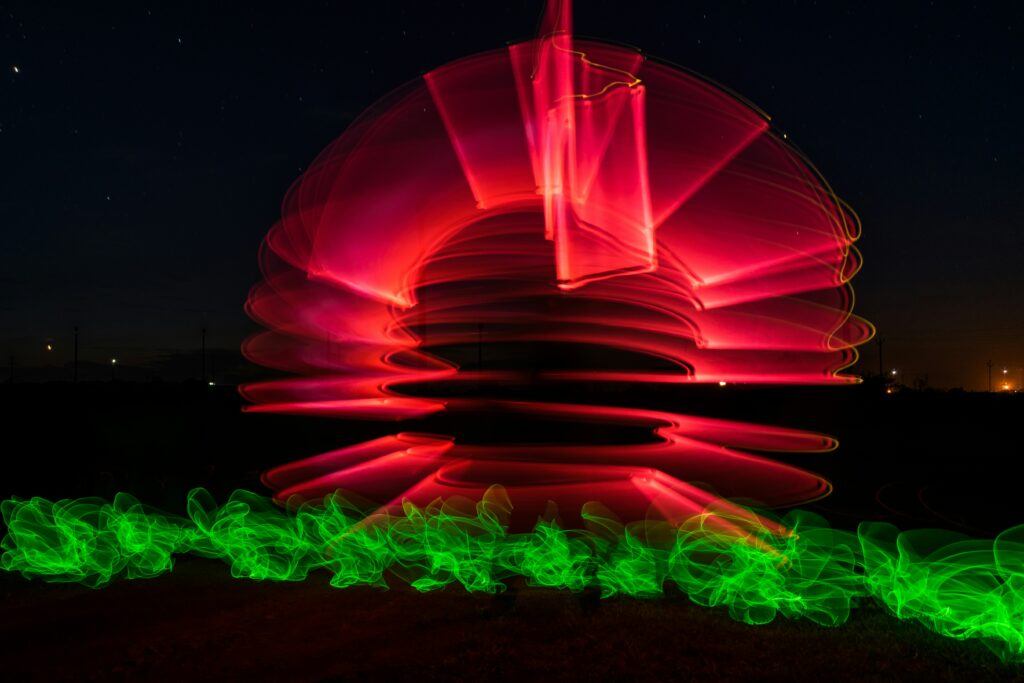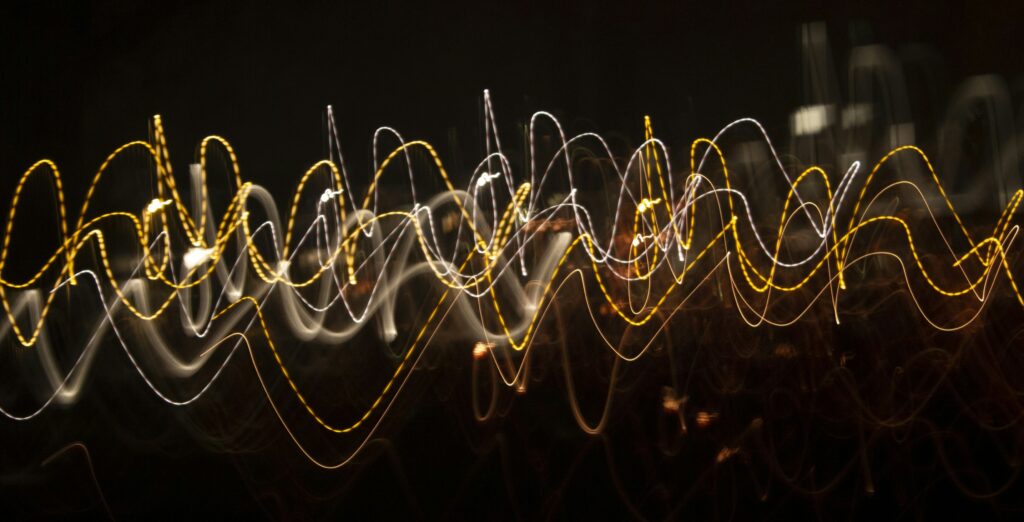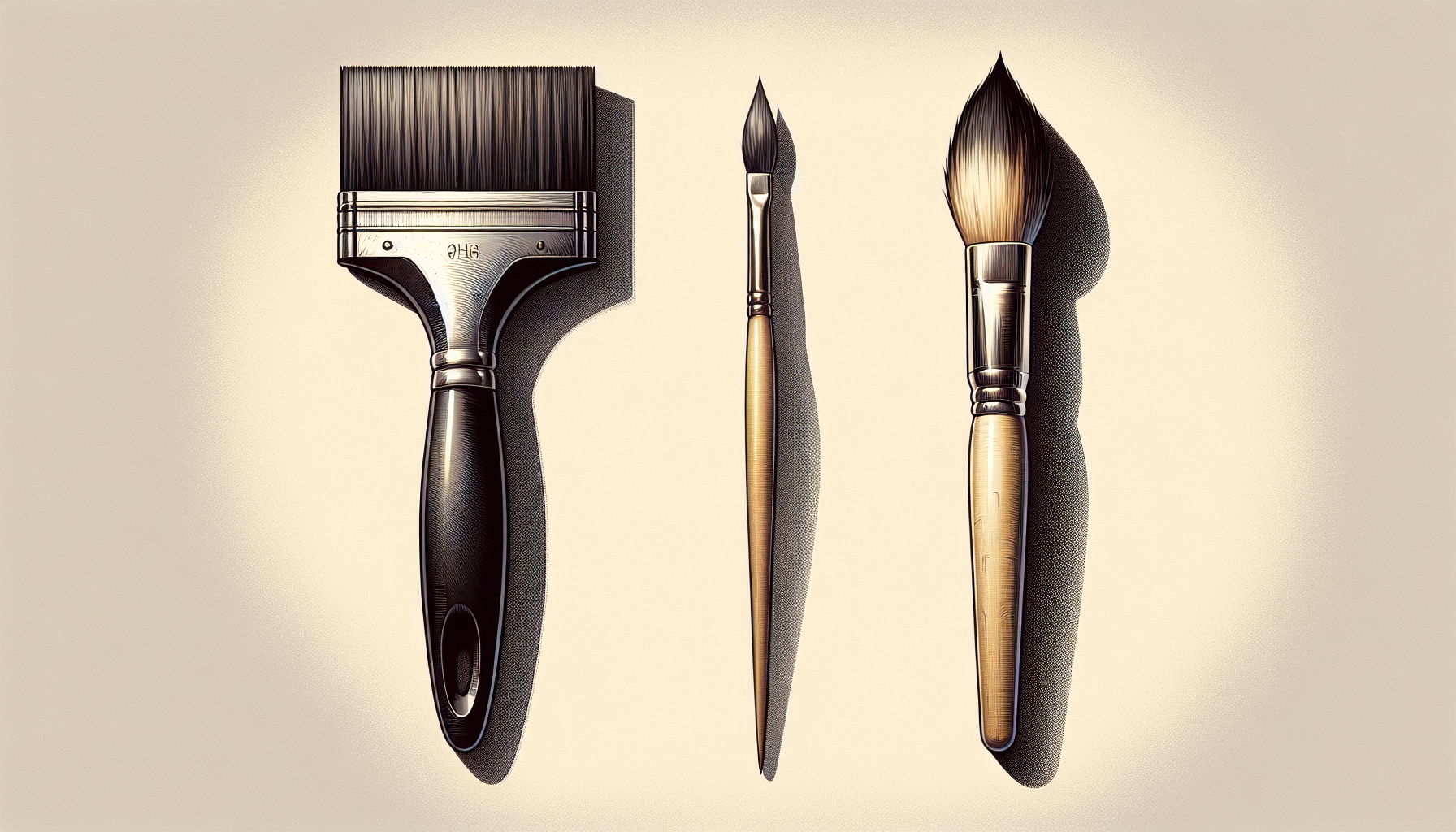In the domain of artistic endeavors, the presence of visible brush strokes can either add to the charm of the piece or diminish its aesthetic appeal. “How To Avoid Brush Strokes When Painting” is an instructive article that will provide you with crucial insights and expert tips to execute smooth, seamless strokes, lending an air of subtlety and sophistication to your artistry. Offering an in-depth understanding of the factors that contribute to the appearance of brush strokes, this article empowers you with techniques to mitigate these lapses, thereby enhancing the overall quality of your painting endeavors.
Choose the Right Brush
The first step in achieving a professional paint finish is choosing the right brush for the task. The brush can directly influence how your paint application progresses and the quality of the final painted surface.
Consider the bristle type
The quality and type of the brush bristles significantly affect the application of the paint and the final product’s appearance. Different bristle types are intended for various types of paints. For instance, natural bristle brushes are typically used for oil-based paints, while synthetic ones are best for water-based paints. You must select a brush with bristles that will hold and evenly distribute the paint.
Select the appropriate brush size
In addition to the bristle type, you should also consider the brush size. Larger brushes cover a larger surface area faster, which is beneficial for bigger jobs. Conversely, smaller brushes offer more control and precision, making them suitable for trim work or intricate details.
Choose a brush with a good handle grip
Additionally, the handle grip is not something to neglect when choosing the right brush. A brush with a comfortable handle can make your painting job less strenuous, thereby enhancing control and precision.
Prepare Your Surface
The condition of the surface can significantly affect how your paint adheres and dries, greatly contributing to the end result.
Clean and sand the surface
Before you begin painting, it is essential that the surface is both clean and smooth. Cleanliness ensures that no debris or oils interfere with the paint adhesion, while a smooth sanded surface prevents brush strokes from appearing.
Apply a primer
Application of a primer provides a consistent surface to which the paint can adhere effectively. Priming also eliminates surface imperfections, ensuring that you are painting on a smooth, uniform surface.
Ensure the surface is smooth and dry
Finally, make sure that your surface is dry before applying the paint. Any remaining moisture can cause the paint to bubble or ripple, compromising the paint’s adherence to the surface.

Mix Your Paint Properly
Just as choosing the right brush is crucial, so is proper paint mixing.
Stir the paint well
The paint should be stirred well before use to ensure that all its components are uniformly distributed. This action will help maintain consistency through your entire painting project.
Add a small amount of water if needed
Sometimes, depending on your paint’s thickness, a small amount of water may be needed. However, remember that adding too much water can affect the paint’s color and drying time.
Avoid over-mixing the paint
Be cautious not to over-mix your paint, as it could create unwanted air bubbles. These air bubbles can transfer onto your painting surface and generate an undesired texture.
Apply the Paint Correctly
Proper paint application contributes significantly to achieving a finish without brush strokes.
Load the brush properly
Dipping too much of your paintbrush into the paint can lead to an uneven distribution and drips. Instead, aim to dip about a third of the bristle length into the paint.
Use long, smooth strokes
To achieve a smooth finish, apply the paint using long, even strokes. This technique allows the brush strokes to blend together, reducing their visibility.
Avoid pressing too hard on the brush
Pressing too hard can cause the bristles to fan out, leading to visible brush strokes on your surface. Instead, paint with a light touch to keep the bristles together and ensure a smooth application.
Maintain a consistent pressure
Maintaining steady pressure on your brush ensures a smooth, even layer of paint.
Overlap brush strokes slightly
To further avoid visible brush strokes, each stroke should slightly overlap the one prior. This technique helps to blend the edges of each stroke together.
Use a paint extender or conditioner
A paint extender or conditioner added to your paint can provide additional time for the paint to level out, further reducing the visibility of brush strokes.

Control Your Brush Technique
Having a good brush technique significantly affects the quality of your paint job.
Practice your brush technique
Like any skill, improving your brush technique takes practice. Use scrap material to practice different strokes and techniques before applying them to your project.
Hold the brush correctly
Holding your brush correctly can also affect your paint job. The handle should rest against your hand for control while avoiding excessive pressure on the brush hair.
Use your wrist and arm to move the brush
Use more from your wrist and arm rather than your fingers when moving the brush. This movement provides a smoother application and prevents strain in your fingers.
Avoid lifting the brush too often
Avoid lifting your brush from the surface too often as it may cause inconsistencies in the paint application and make brush strokes more apparent.
Pay attention to the direction of your strokes
The direction of your strokes should follow where you want the viewer’s eye to go. For large, flat areas, it is often best to brush in one direction, usually from top to bottom or from one side to the other.
Use the Right Amount of Paint
The amount of paint on your brush can directly affect the outcome of your painting project.
Avoid overloading the brush
Overloading the brush with paint can lead to drips and a thicker coating, which takes a longer time to dry and can cause visible brush strokes.
Remove excess paint from the brush
Wipe off any excess paint from your brush on the rim of your paint container. This step ensures a more manageable and even application of paint onto your surface.
Work with thin layers of paint
Applying thin layers of paint can help you achieve a smooth and even finish. It also allows the paint to dry faster, reducing the chances of brush strokes being left behind.
Apply multiple coats if necessary
If more coverage is necessary after the initial application, apply additional thin coats rather than one thick one.

Consider the Environment
The environment in which you paint can directly affect the paint’s drying process and final appearance.
Ensure proper lighting
Good lighting is essential for seeing and correcting any potential imperfections during the painting process.
Maintain a suitable temperature and humidity level
The temperature and humidity can affect how your paint dries. Avoid painting in extreme temperatures or high humidity whenever possible.
Avoid painting in drafty areas
Wind or drafts can cause the paint to dry too quickly, preventing it from leveling out properly and potentially leaving visible brush strokes.
Explore Different Brushing Techniques
Exploring different brushing techniques can help add diversity and interest to your painted surfaces.
Experiment with different brush strokes
Experimenting with different brush strokes can help you achieve various looks and textures. For example, long strokes can produce a smooth finish, while shorter, choppy ones can create a textured look.
Try dry brushing or stippling techniques
Dry brushing or stippling techniques can add depth and texture to your surface. These techniques can be particularly useful when painting furniture or larger surfaces.
Use a fan brush or softening brush for a smoother finish
Specialised brushes, such as a fan brush or softening brush, can help achieve an ultra-smooth finish with almost no visible brush strokes.

Allow Proper Drying Time
Allowing your paint job to dry adequately is crucial in preserving the quality of your work.
Follow the recommended drying time
Always follow the recommended drying time for your particular type of paint. This duration ensures the paint has properly adhered to the surface and has achieved the desired durability and finish.
Avoid touching or disturbing the paint before it dries
Disturbing or touching the paint before it’s thoroughly dry can leave marks or brush strokes in the finish.
Provide adequate ventilation for faster drying
Solar exposure and air-flow can help speed up the paint’s drying time. However, ensure that the area is free from dust to prevent any particles from adhering to the wet paint.
Post-Painting Tips
Following these post-painting tips will help protect your freshly-painted surface and lengthen its lifespan.
Inspect the completed work
Once the paint has dried completely, inspect your work for any missed spots or visible brush strokes.
Do necessary touch-ups
If you find any areas that need improvement, do touch-ups using the same techniques you initially used.
Apply a protective coat if desired
To protect your surface and extend your paint job’s lifeline, consider applying a sealant or top-coat.
Clean and store your brushes properly
Finally, remember to clean your brushes thoroughly after use with the appropriate cleaner for your type of paint. Store them flat or hanging up to prevent the bristles from bending and help them retain their shape. This step ensures that your brushes will perform well on future projects.
Overall, understanding how to select, use, and care for your brushes–and having patience and practice–will lead to a professional-quality paint job with minimal visible brush strokes.




